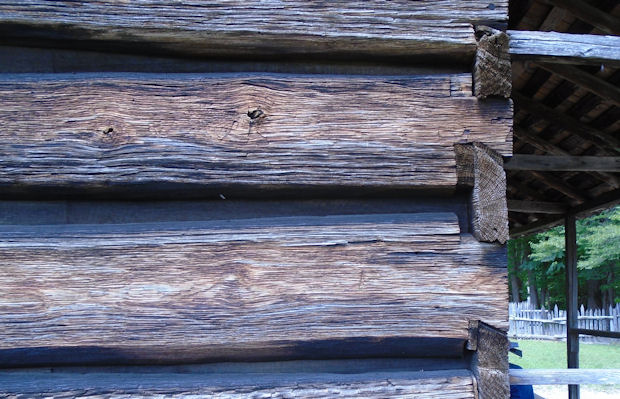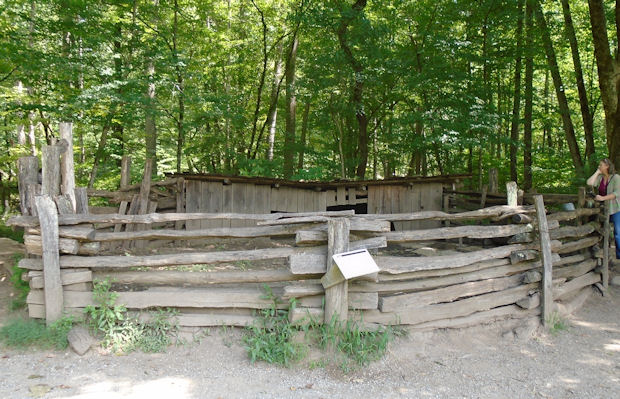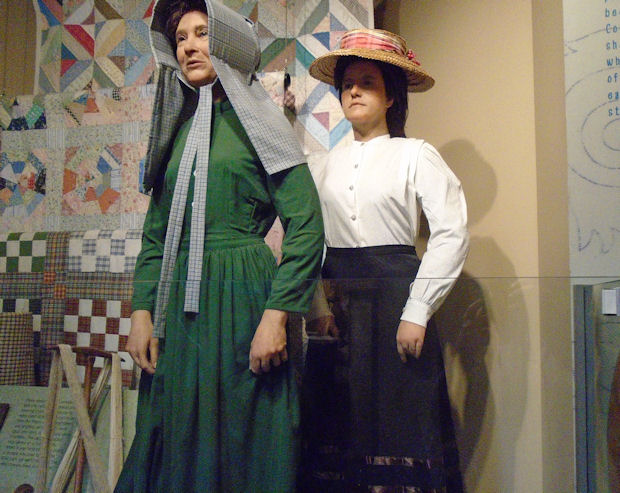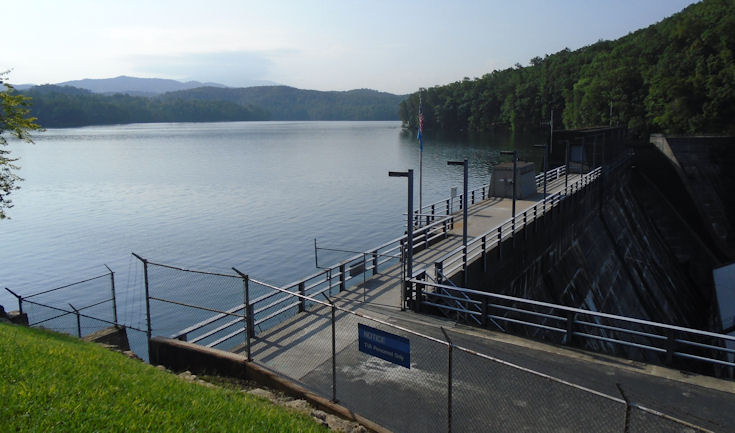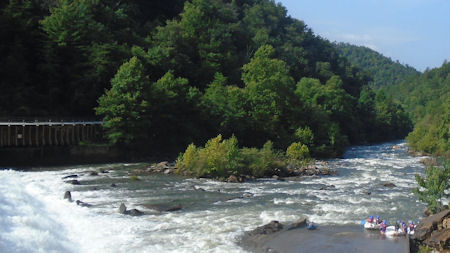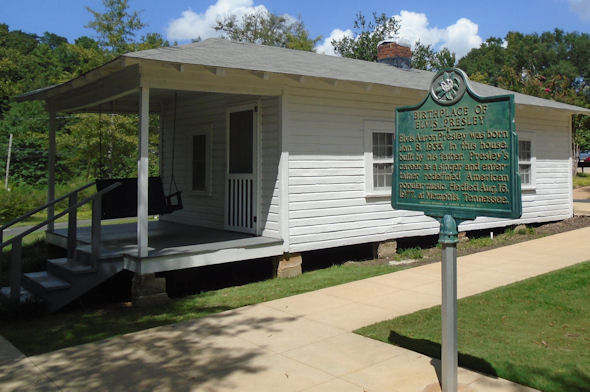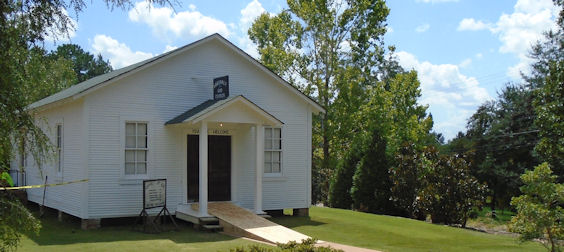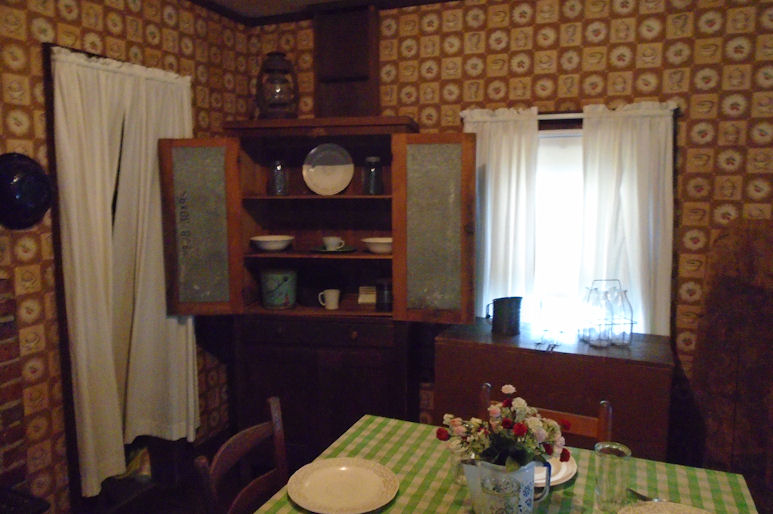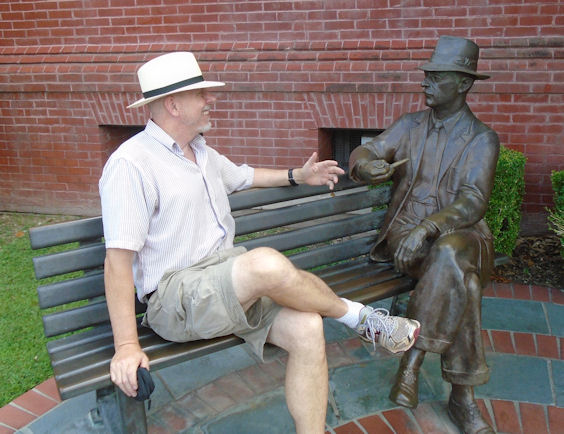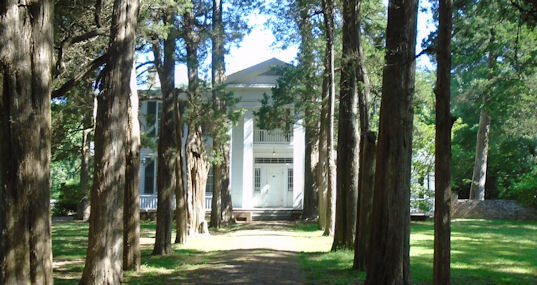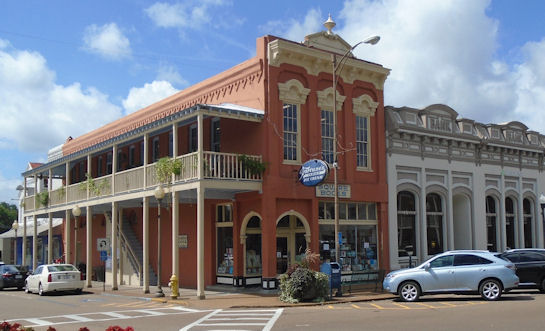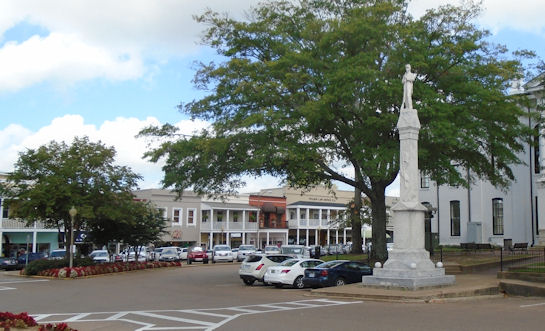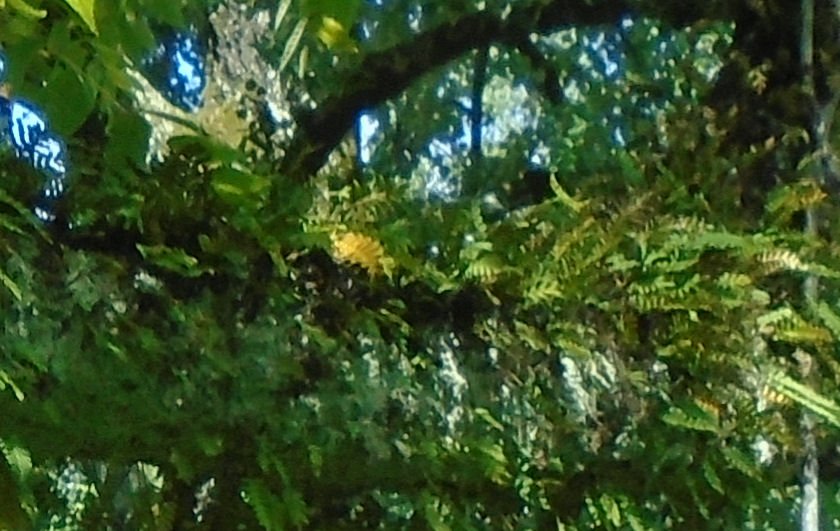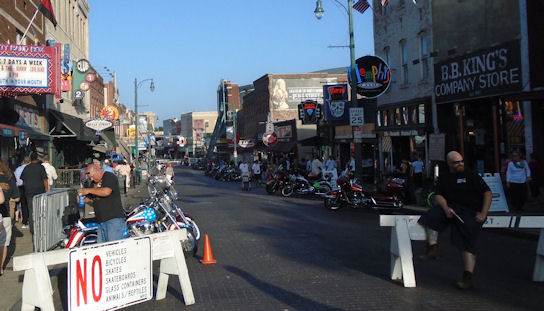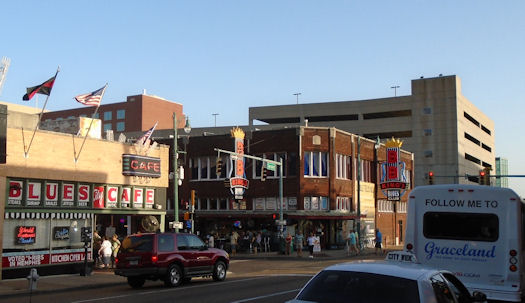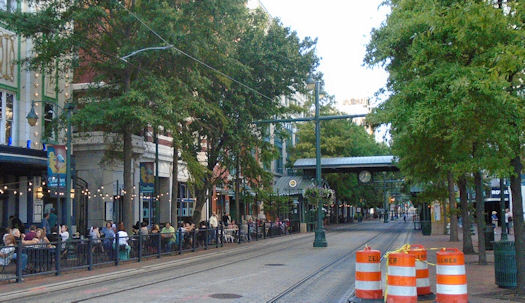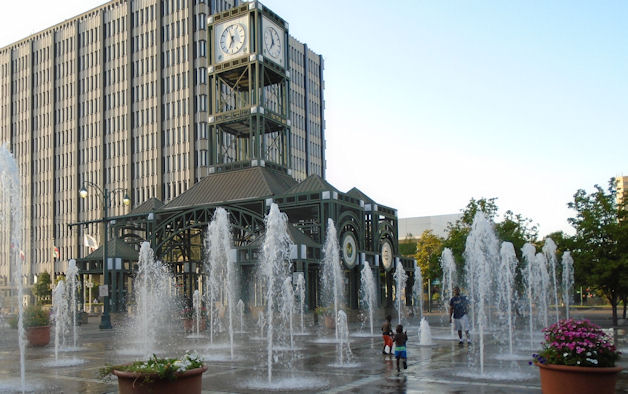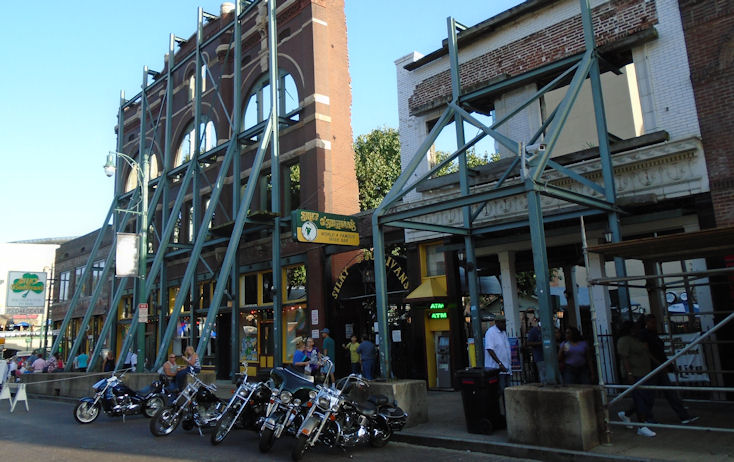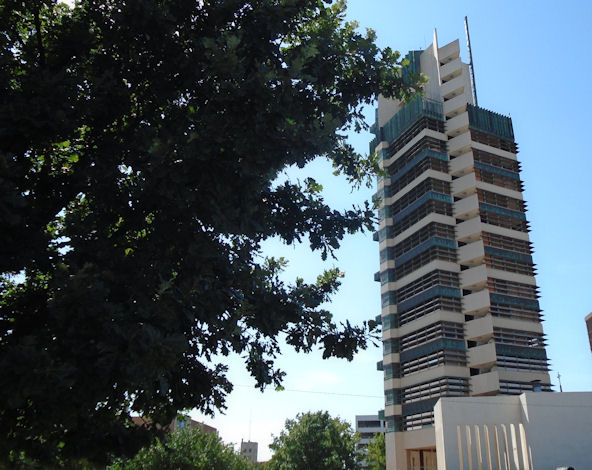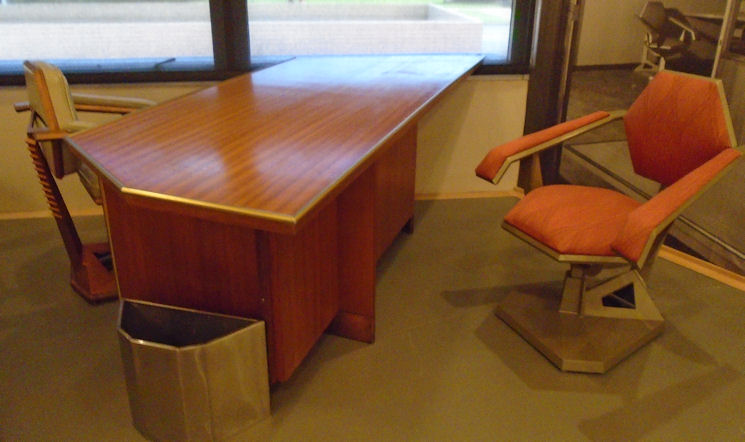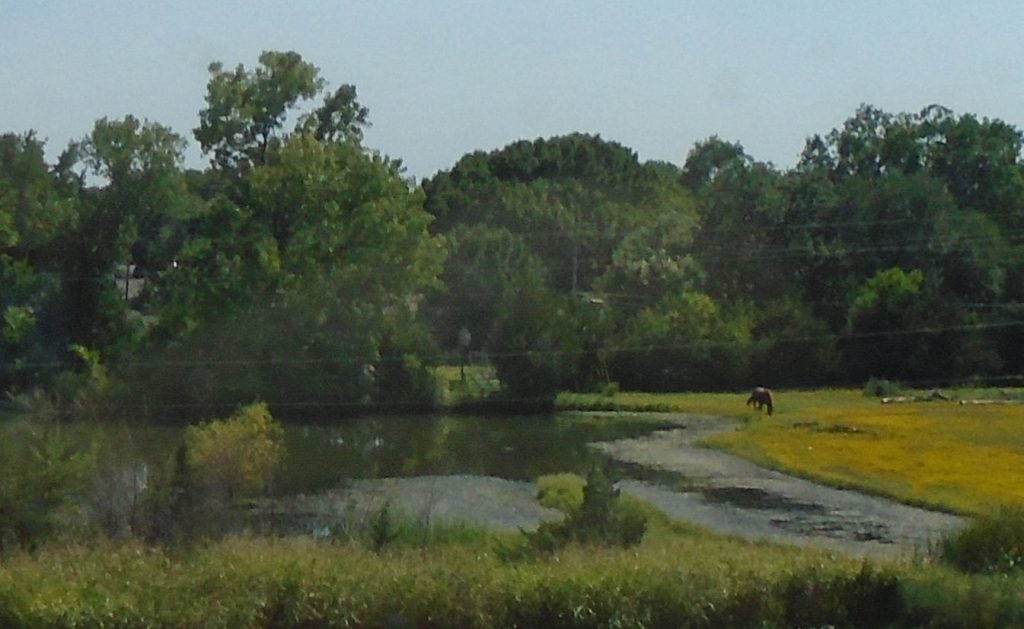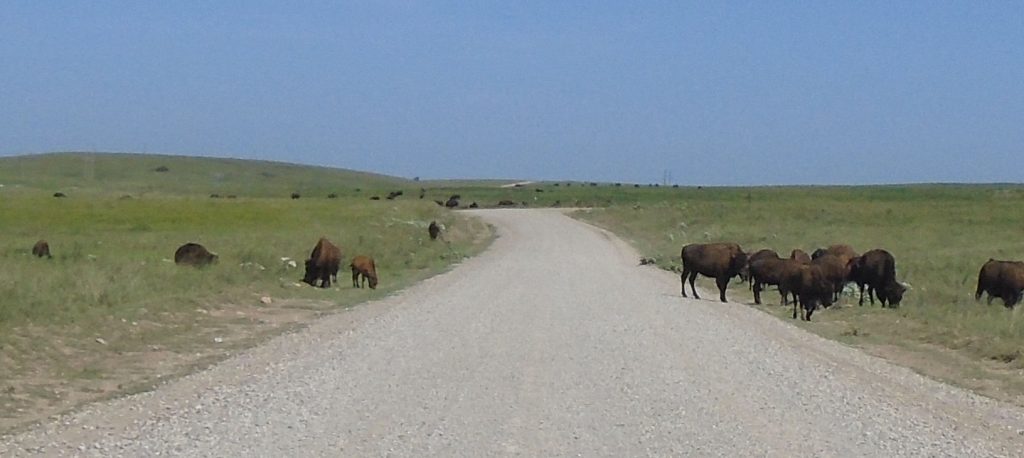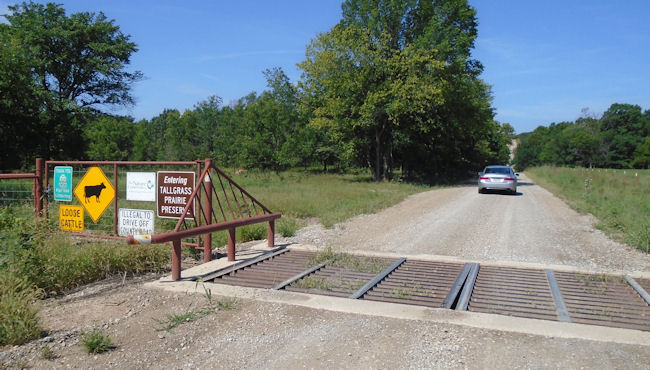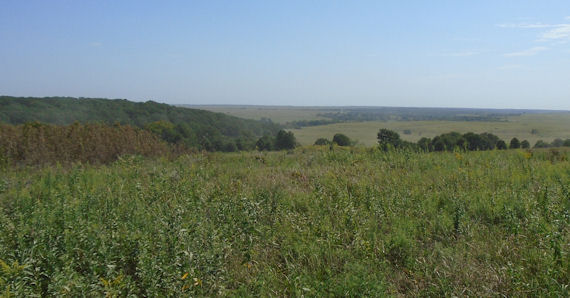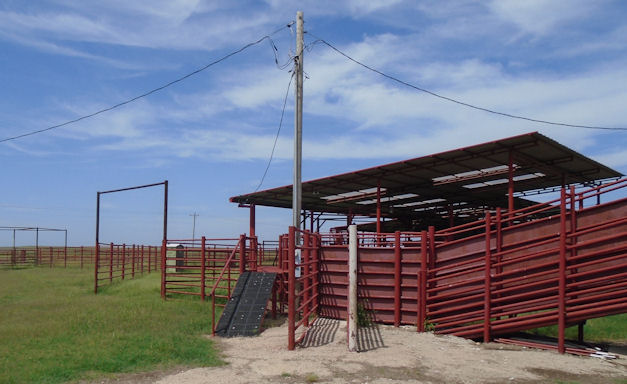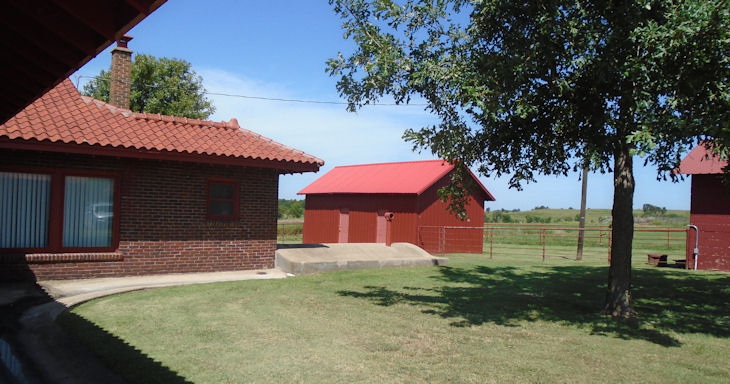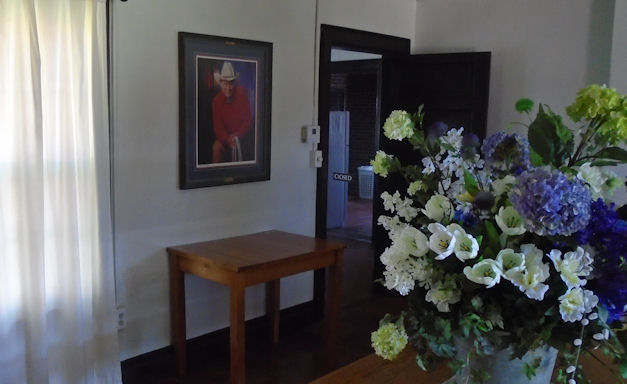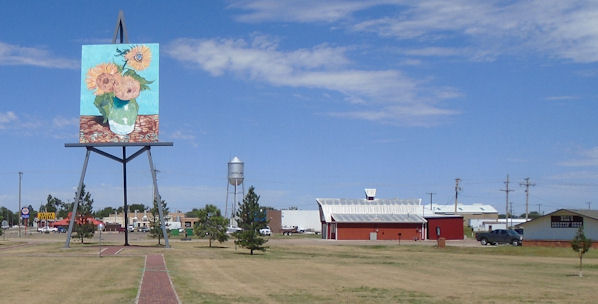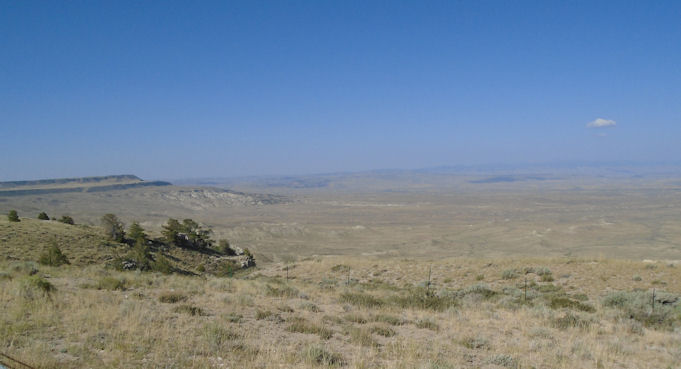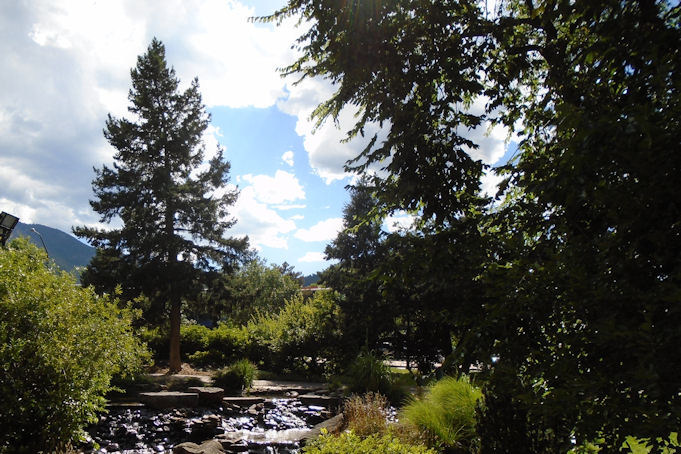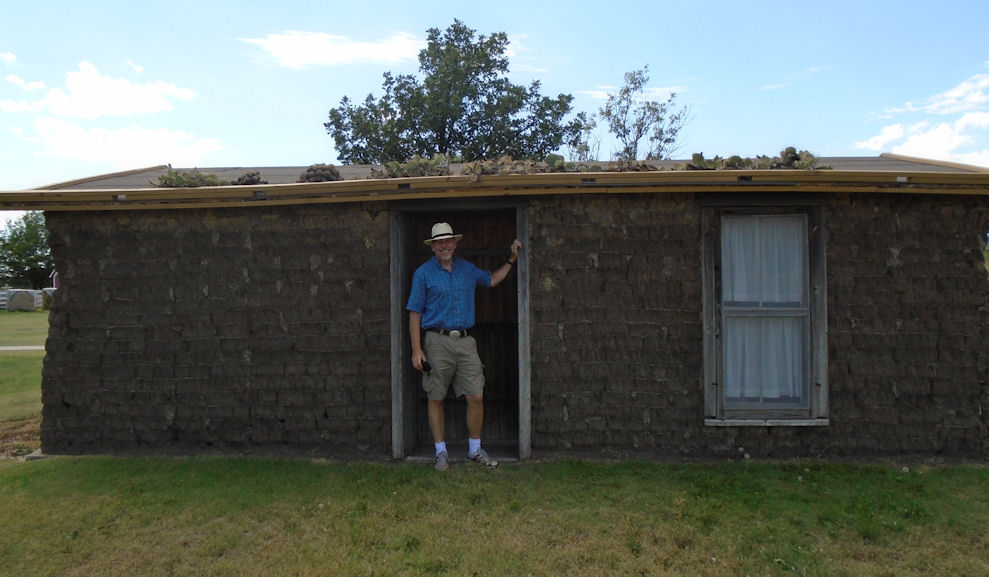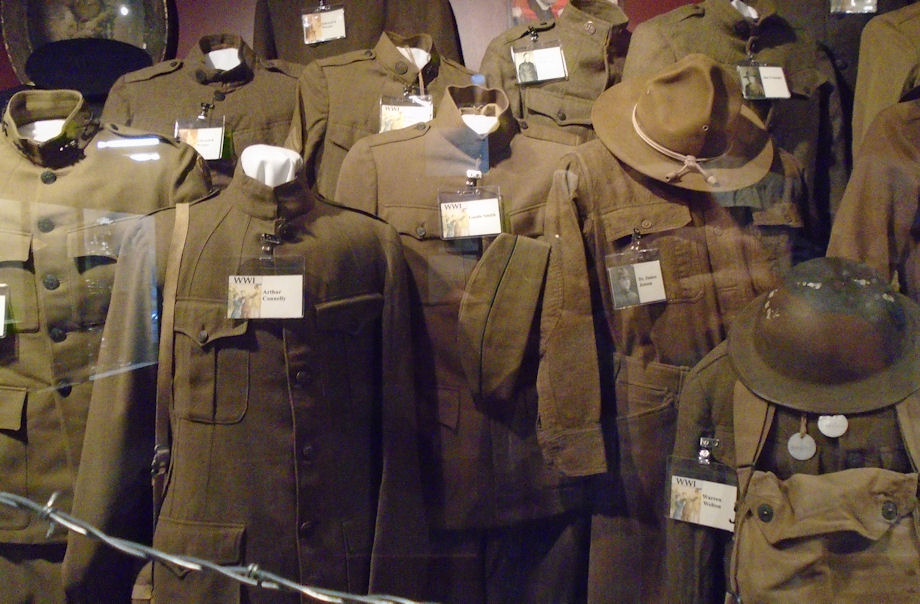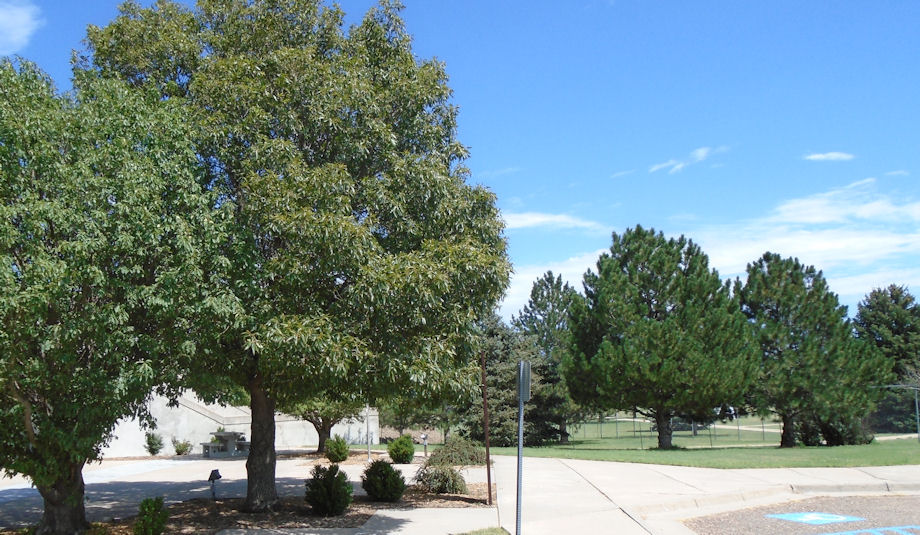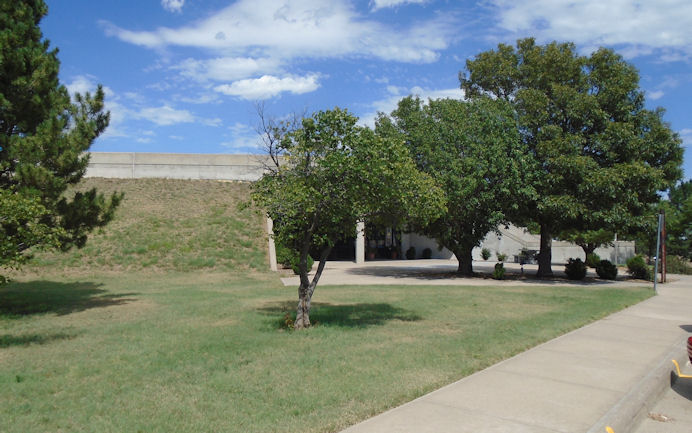
Coming up from North Carolina, we arrived today at the tree farms. It has been a cool and rainy year in Brunswick County and the trees have done very well. They are clearly bigger. The trees on the CP property have reached the stage where the canopy is closing. Above is the property now and below is the same view nine years ago.
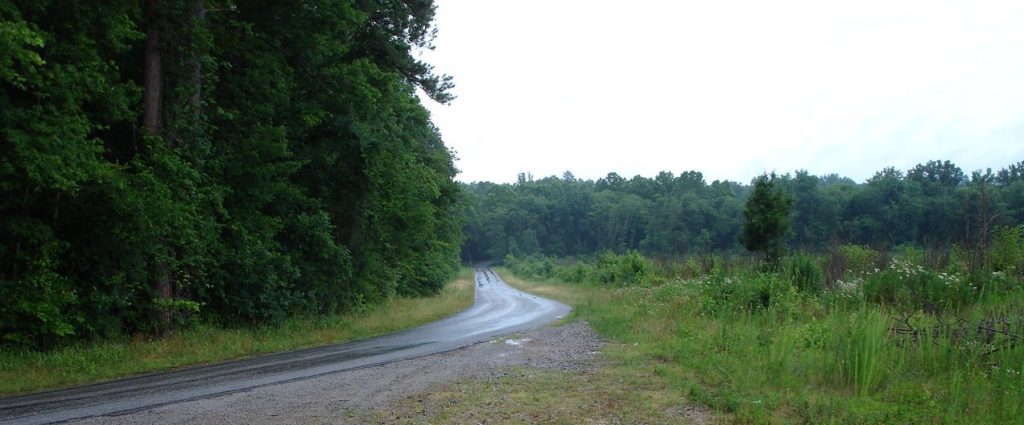
The road is overgrown. I like it. The surface is still hard underneath and you can drive on it w/o any trouble, but the vegetation is holding the dirt down a little better. I expect that it will get worn down during hunting season, when the road gets more traffic from the hunters’ trucks.
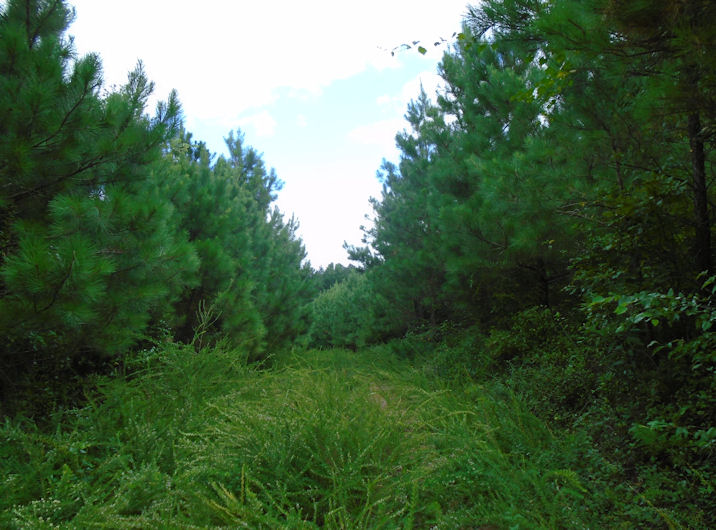
Speaking of hunting, the local guys think it will be a good year for deer. And several members of the hunt club are going after bear. We saw bear tracks on the farm for the first time. They have seen a big bear near the farm and one of the guys in the club got a picture of four bears with his wildlife camera. Bears were gone for 100 years. They are making a big comeback. I am not fond of them. I don’t like anything in my woods that could beat me in a fair fight. They say that the bear is more afraid of me than I am of the bear. I don’t think that is true.
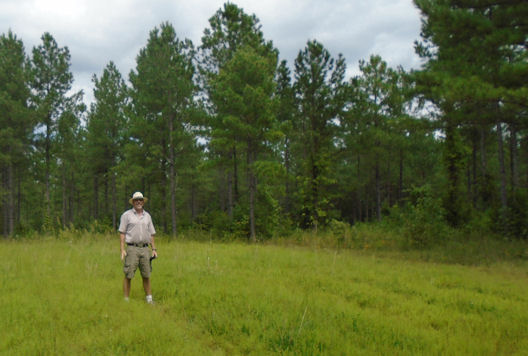
One of the hunt club guys killed a bear with a crossbow last year. It took five shots to finish it off and it was still trying the chase the guy up a tree after the fourth shot.
Chrissy insisted that we buy a can of bear spray when we were out west. We didn’t see any bear, but I still have the spray. Maybe I will start taking it with me.
The local forestry business is good. Markets are good for wood and wood products. A big help has been chips and pellets. We are exporting pellets through the Port of Chesapeake.
I talked to a woman whose father buys white oak for Jack Daniels to use in its whiskey barrels. I have white oak. I don’t think I can make too much money from it, but I think it would be really cool to know that my wood was used for making whiskey barrels. She gave me the contact and I will give him a call.



